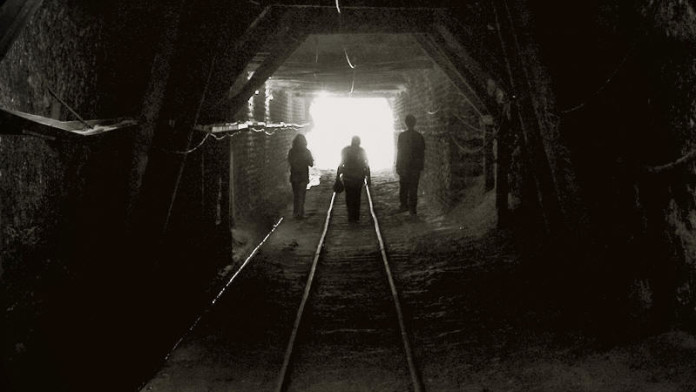
THE Chamber of Mines said it regretted the number of seismicity-related incidents this year on South Africa’s gold mines – the latest of which at Sibanye-Stillwater’s Driefontein mine had claimed seven lives – but defended its record, saying hundreds of millions of rands had been invested by the sector in understanding the phenomenon.
It said that the number of fatalities associated with seismicity fell from 48 in 2003 to 14 in 2017 as a result of research into rockbursts which led to the falls of ground that typically resulted in employee underground deaths on the mines. “This focus is reflected in the more than R150m that the Mine Health and Safety Council (MHSC) has invested in falls of ground research,” it said in a statement.
“Furthermore, through the MHSC, more than R250m has been spent on research into the seismicity associated with our deep-level mines,” it said adding that a further R40m had been spent on “… fundamental and applied research and technology transfer”. The research outcomes has led to new mine designs and methods, it said.
The Chamber added, however, that it was concerned regarding the increase in the number of rockbursts related to seismic activity. In an effort to understand its concerns, the Mining Industry Occupational Safety and Health Fall of Ground task team had been established, it said. “Leading practices on rockbursts in particular are being developed and the findings will be shared across the industry,” it said.
The Chamber’s comments come amid a difficult week for Sibanye-Stillwater which confirmed over the weekend that a total of seven employees had lost their lives at Driefontein after the remaining three who had been trapped underground at were recovered, but were found to have died from their injuries. Earlier in the week, four of ten employees trapped following seismic activity – that totalled 2.2 on the Richter Scale – had died. The remainder were recovering in hospital.
“The board and management of Sibanye-Stillwater wishes to express its sincere condolences to friends and family of the deceased employees and those impacted by this tragic event,” it said in a statement. “A thorough investigation by management and the Department of Mineral resources (DMR) and other stakeholders will be performed and all efforts will be made to ensure to prevent incidents of this nature occurring in future.”
“We thank everyone involved in the rescue operations, especially the mine rescue teams and our own employees, who have worked tirelessly for the last two and a half days to rescue our colleagues under extremely challenging conditions,” the company said.
South African mines minister, Gwede Mantashe, said in a statement last week that seismic incidents accounted for about 30% of fatalities in mining during 2017. As a result, he had requested that a team consisting of representatives from his Department of Mineral Resources, the Council for Geoscience, the Mine Health and Safety Council, the CSIR as well as rock engineers and seismicity experts to “… look into this as a matter of urgency”.
Said Mantashe: “The gold sector has seen an increase in fatalities this year, with Sibanye-Stilwater as one of the main contributors. This suggests that greater attention be paid to issues of safety, particularly the protection of the lives of workers, as opposed to the insistence of chasing production”.








